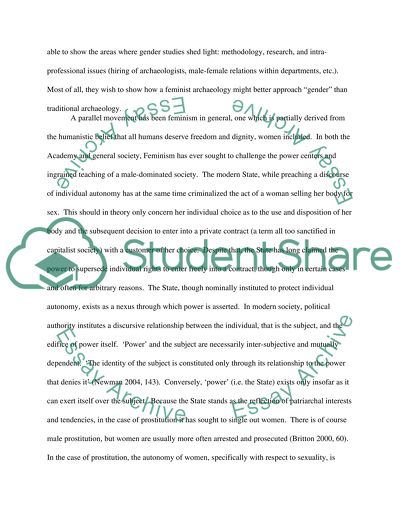Humanities modern movements Term Paper Example | Topics and Well Written Essays - 500 words. Retrieved from https://studentshare.org/philosophy/1586583-humanities-modern-movements
Humanities Modern Movements Term Paper Example | Topics and Well Written Essays - 500 Words. https://studentshare.org/philosophy/1586583-humanities-modern-movements.


